Video Playlists
Select playlists to focus on specific topics and formats, like lectures, archival films, and sign language gallery tours.
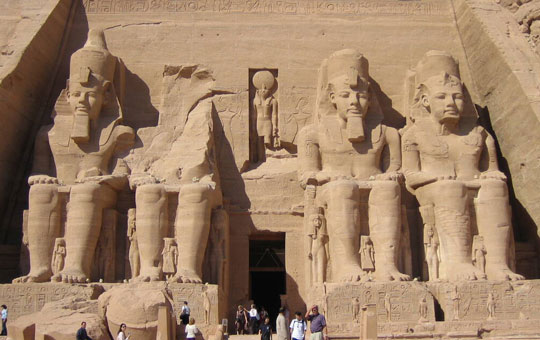
World Heritage
Sites designated by UNESCO highlight masterpieces of human creative genius, such as great archaeolog. ...
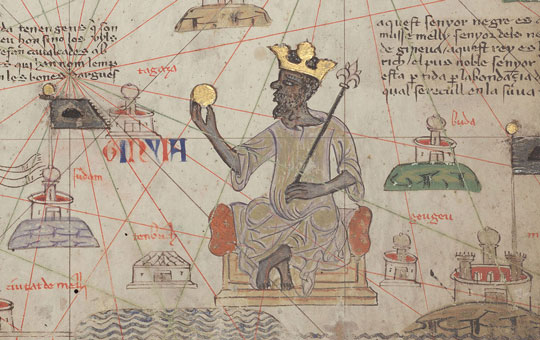
Great Revolutionaries
Throughout history, there have been outstanding leaders and change-makers that have guided societies. ...
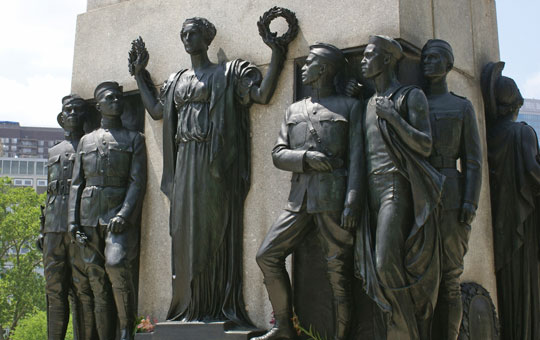
Great Monuments
Monuments have been constructed throughout history—but why, how, and to what end? Join acclaimed P. ...
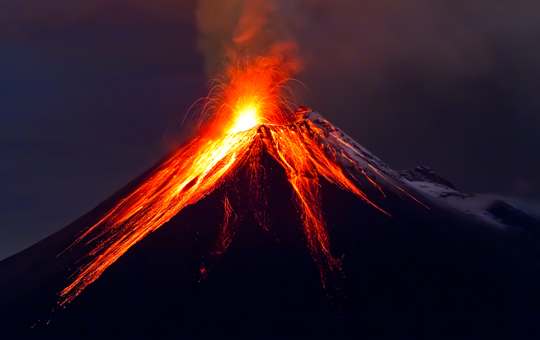
Great Catastrophes
Throughout time, catastrophes have shaped the world we live in. In the 2019-20 Great Lecture Series,. ...
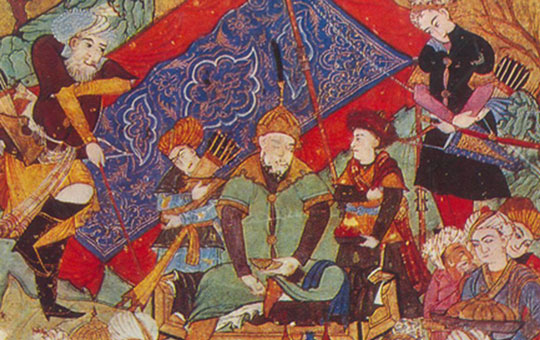
Great Adventures Along the Silk Road
From mummies to Marco Polo to military warfare to the Black Death. Explore the many adventures the S. ...
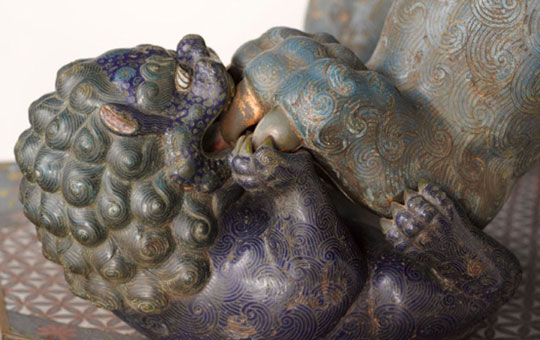
Great Stuff Lecture Series
Stuff. It fills our homes, offices, minds, and bodies. It can be defined as a collection of belongin. ...
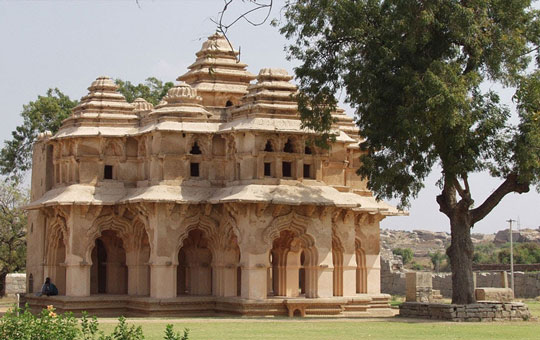
Rise of the City Lecture Series
What is a city? How do religion, politics, and environments effect the growth and development of cit. ...
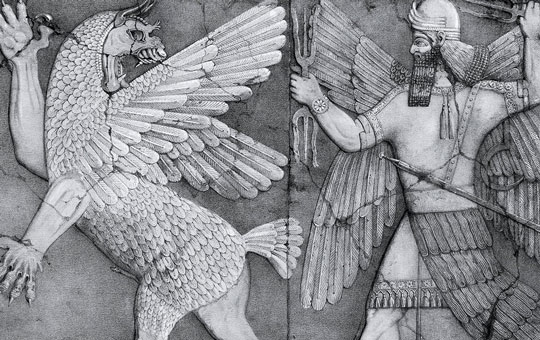
Great Beasts of Legend Lecture Series
Throughout history, great beasts and monsters fabled or not have terrorized, enchanted, and eluded h. ...
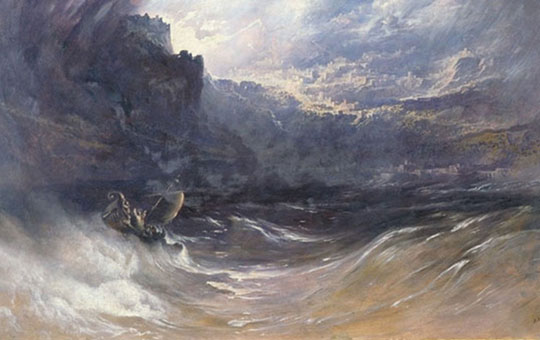
Great Voyages Lecture Series
Take an armchair journey across exotic lands and seas with 'Great Voyages: Travels, Triumphs, and Tr. ...
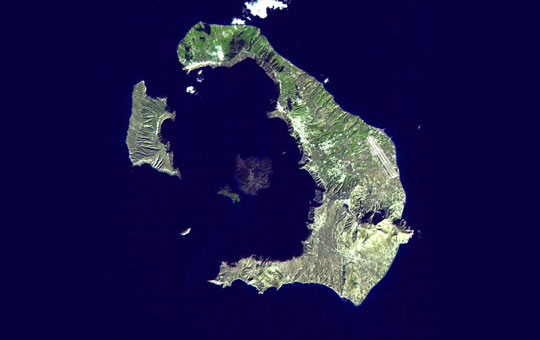
Great Riddles in Archaeology Lecture Series
From the knights of King Arthur's roundtable to the deepest depths of Atlantis, some of the world's . ...
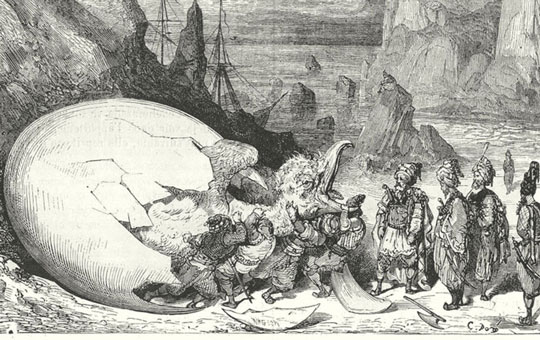
Great Myths and Legends Lecture Series
Amazonian warrior women, Genghis Khan, even King Midas and his golden touch — all have their momen. ...
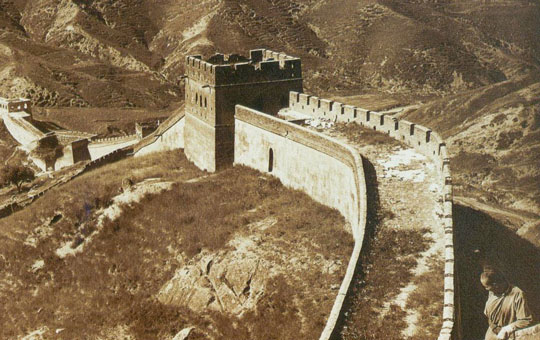
Great Wonders Lecture Series
Learn about the seven wonders of the world and other great monuments of archaeological interest. Lec. ...
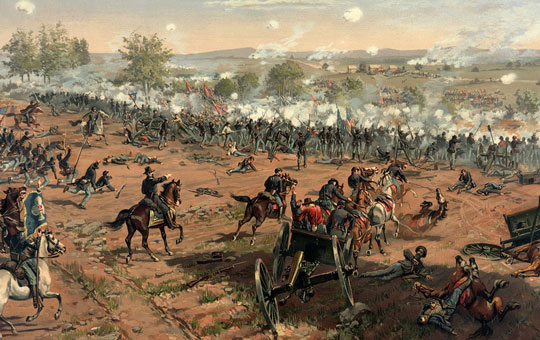
Great Battles Lecture Series
Experience the moments in time that changed history with the Penn Museum's Great Battles lecture ser. ...
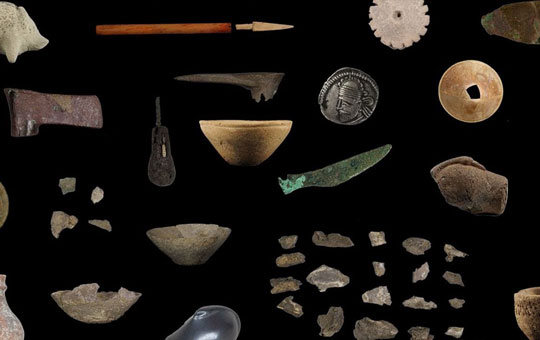
The Middle East Galleries
The 4,500-year-old crowning jewelry of a Mesopotamian queen. One of the world’s oldest wine vessel. ...
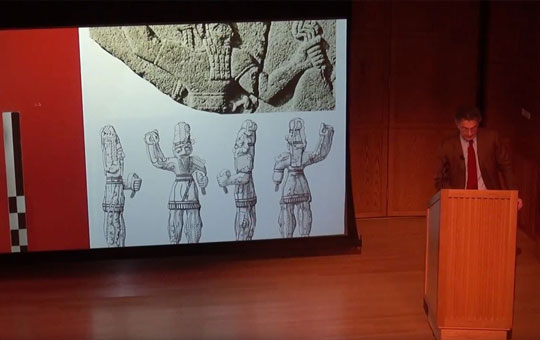
The World of Phrygian Gordion, Royal City of Midas
Gordion is one of the most important archaeological sites in the Near East, and since 1950, it has b. ...
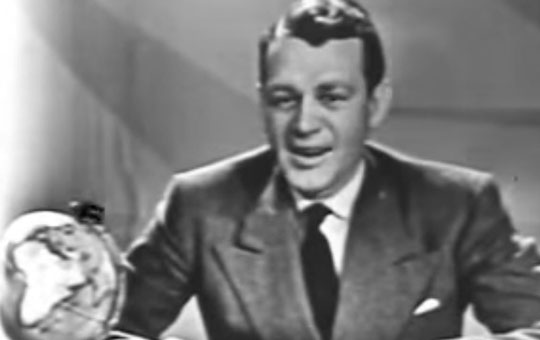
What in the World?
What in the World?® was the Penn Museum's Peabody Award-winning popular weekly half-hour television. ...

Tikal Expedition Collection (Archival Footage)
Due to its inaccessible location in the jungles of the Petén, Guatemala, the great Maya city of Tik. ...
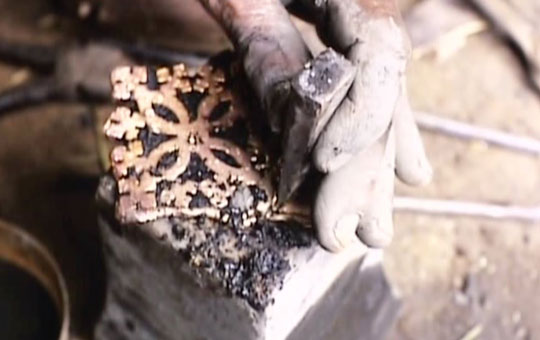
Ethiopia from the Watson Kintner Collection
Watson Kintner (1890-1979) was a Chemical Engineer with the Radio Corporation of America (RCA), wher. ...
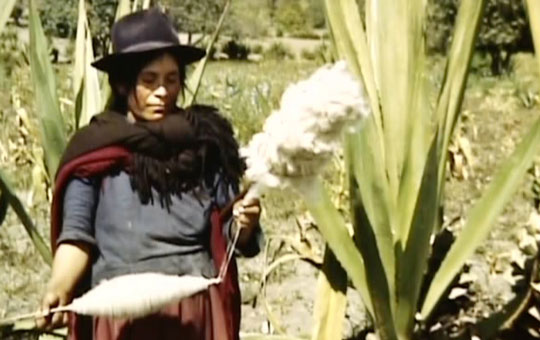
Ecuador from the Watson Kintner Collection
Watson Kintner (1890-1979) was a Chemical Engineer with the Radio Corporation of America (RCA), wher. ...
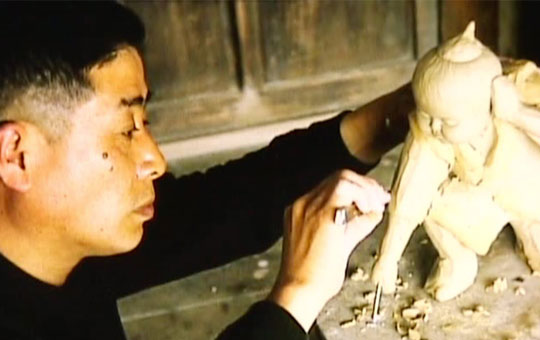
Japan from the Watson Kintner Collection
Watson Kintner (1890-1979) was a Chemical Engineer with the Radio Corporation of America (RCA), wher. ...
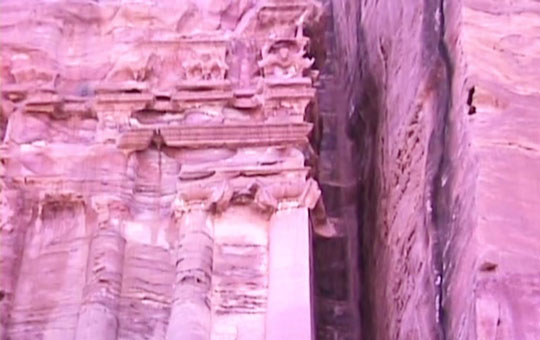
Jordan from the Watson Kintner Collection
Watson Kintner (1890-1979) was a Chemical Engineer with the Radio Corporation of America (RCA), wher. ...
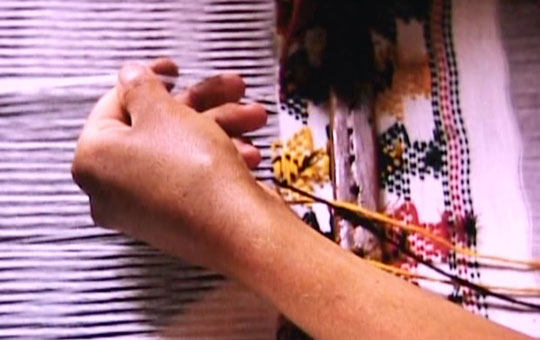
Cyprus from the Watson Kintner Collection
Watson Kintner (1890-1979) was a Chemical Engineer with the Radio Corporation of America (RCA), wher. ...
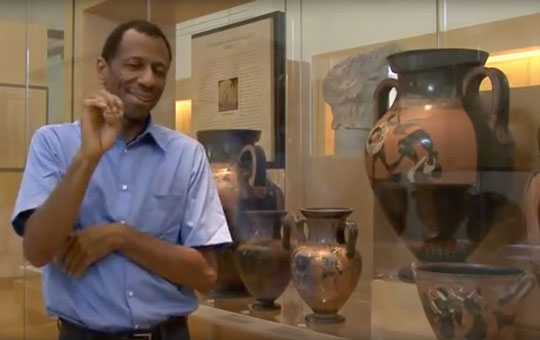
Highlights of the Galleries Tour in Sign Language (2005)
Watch actor and comedian, CJ Jones, as he takes you on a tour of Penn Museum's Galleries. Please not. ...
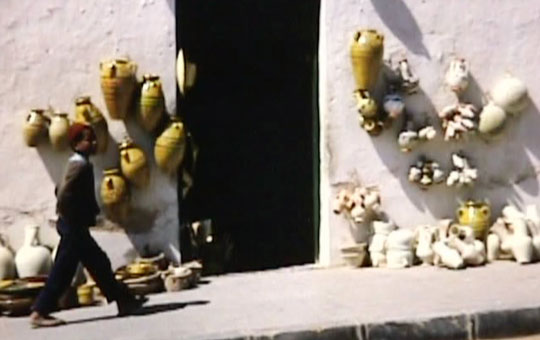
Tunisia from the Watson Kintner Collection
Watson Kintner (1890-1979) was a Chemical Engineer with the Radio Corporation of America (RCA), wher. ...
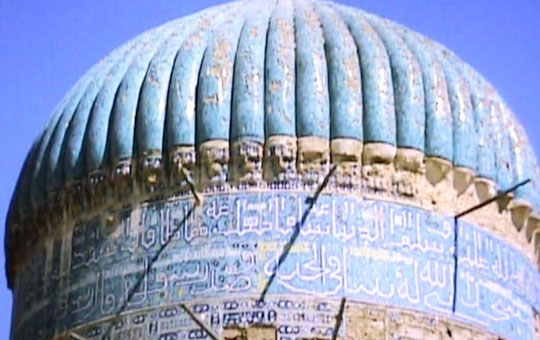
Afghanistan from the Watson Kintner Collection
Watson Kintner (1890-1979) was a Chemical Engineer with the Radio Corporation of America (RCA), wher. ...
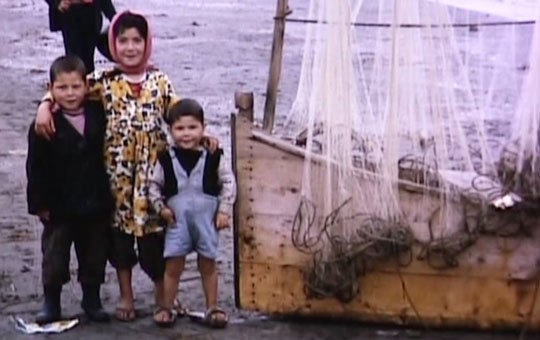
Iran from the Watson Kintner Collection
Watson Kintner (1890-1979) was a Chemical Engineer with the Radio Corporation of America (RCA), wher. ...
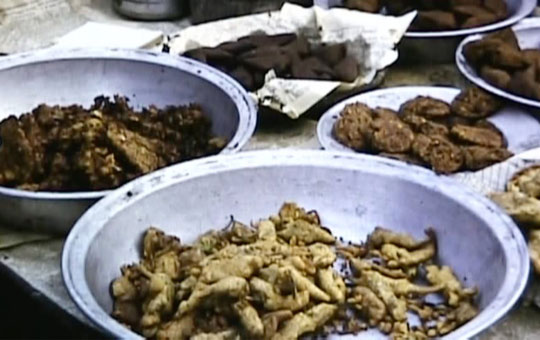
Pakistan from the Watson Kintner Collection
Watson Kintner (1890-1979) was a Chemical Engineer with the Radio Corporation of America (RCA), wher. ...
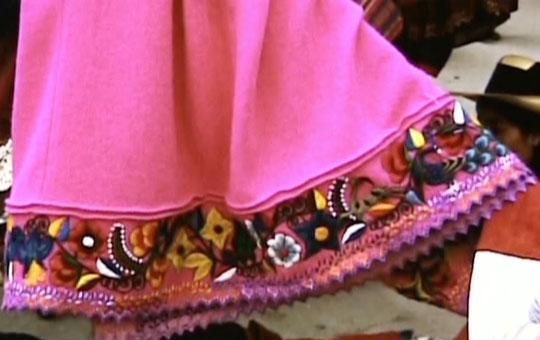
Machu Picchu and Peru
Films from various places in Peru including Machu Pichu, Cuzco Sacsayhuaman Market and Lima among ot. ...
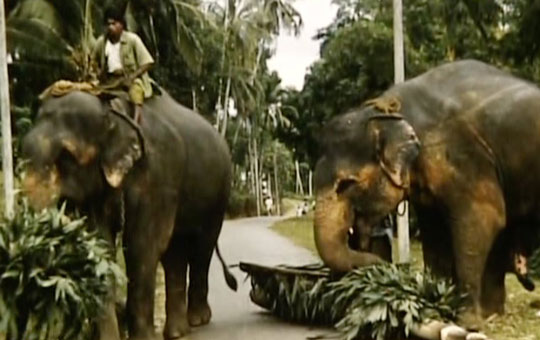
Ceylon from the Watson Kintner Collection
Watson Kintner (1890-1979) was a Chemical Engineer with the Radio Corporation of America (RCA), wher. ...
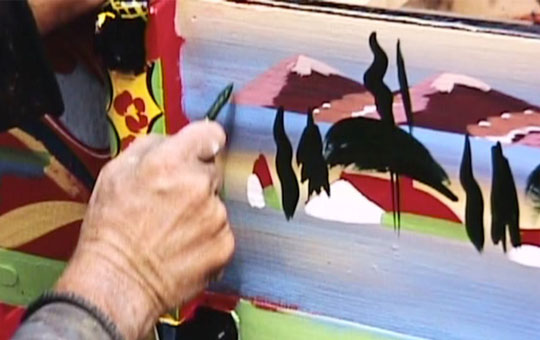
Turkey
Footage from various times and trips to Turkey.. ...

Mongolia
Footage and interviews from Mongolia, taking place in the year 2000. ...
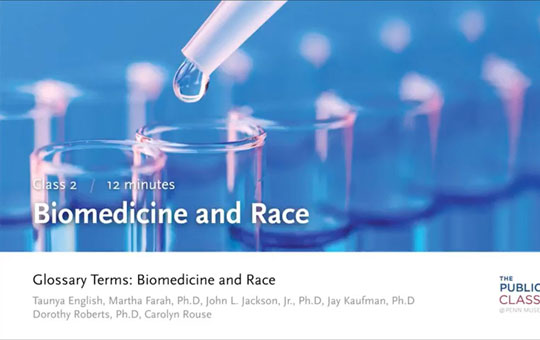
Science and Race: History, Use, and Abuse
Each Science and Race class features a panel of four to six experts, with questions led by moderator. ...
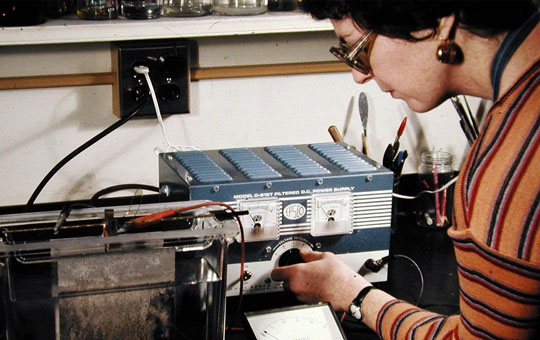
Engaging Conservation: Collaboration Across Disciplines
The Conservation Department of the University of Pennsylvania Museum of Archaeology and Anthropology. ...
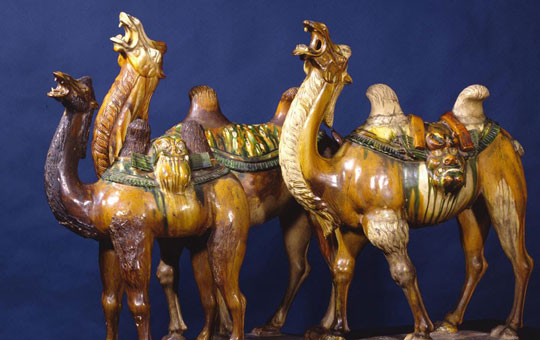
The Silk Road Symposium
The Penn Museum held a public symposium, the first major event in over fifteen years to focus on the. ...

